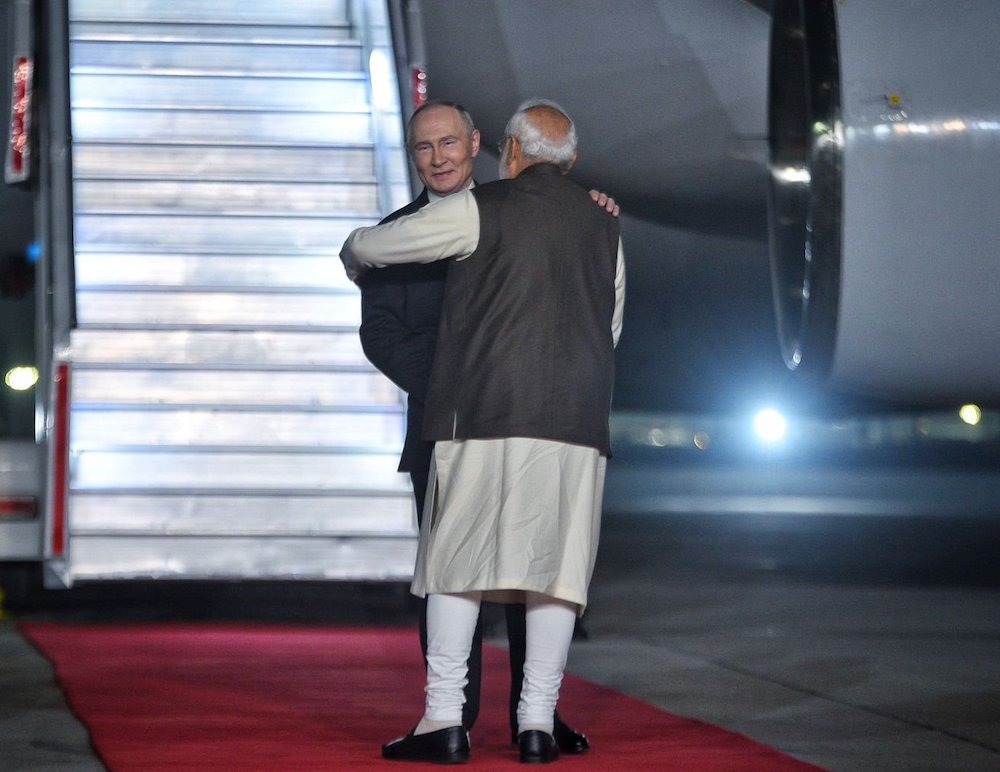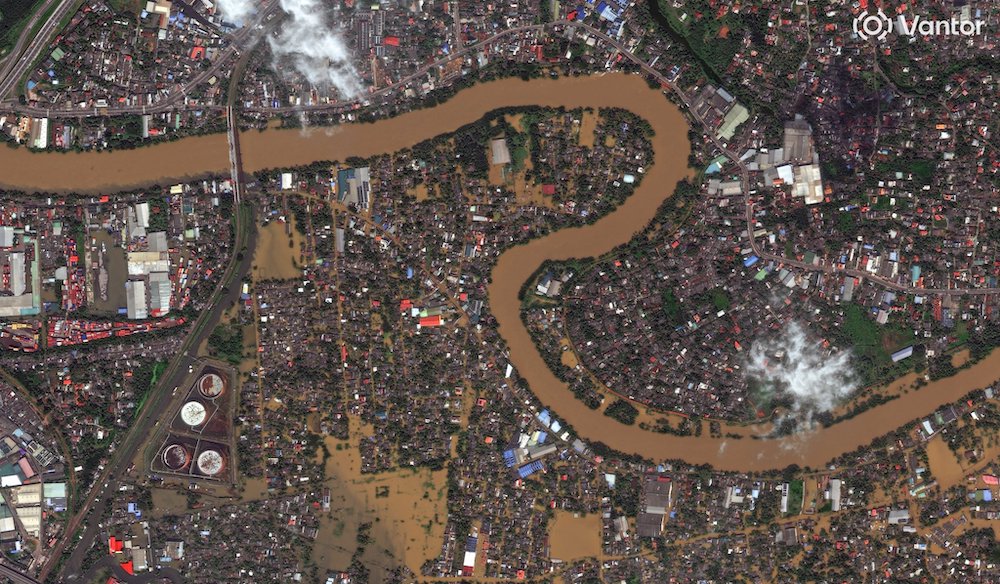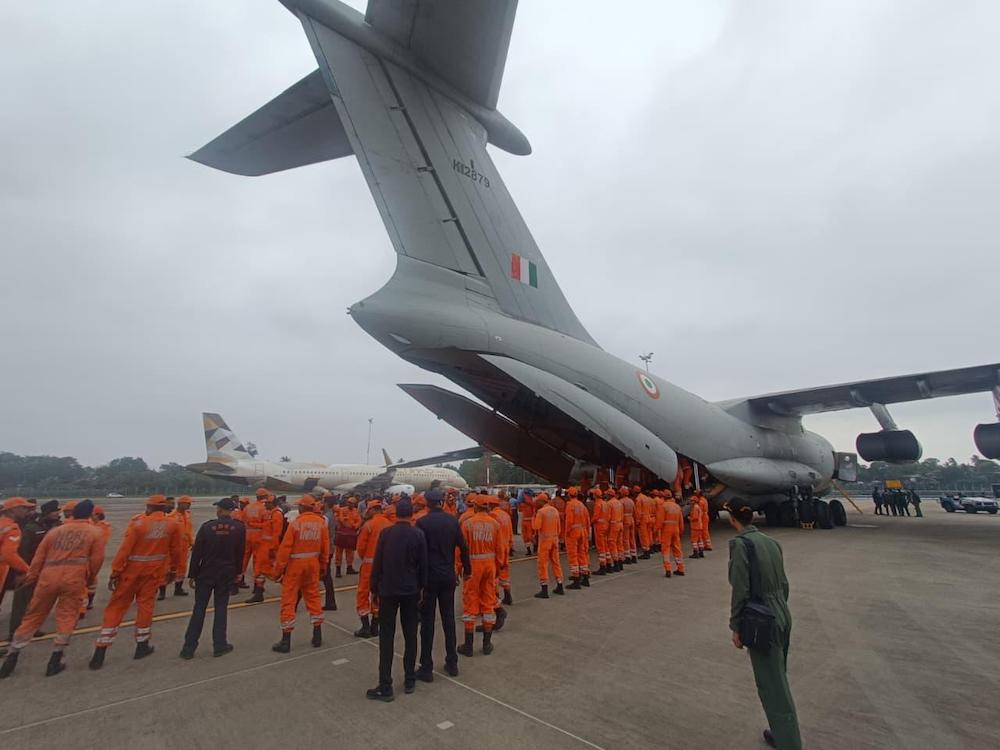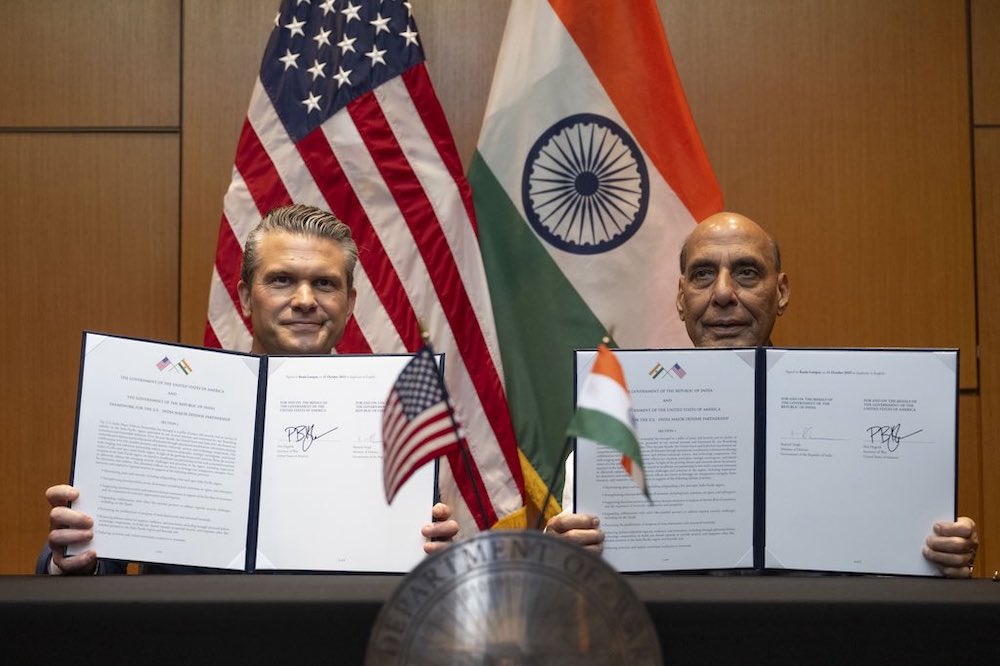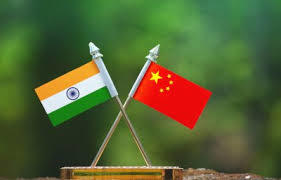
The India China standoff has been going on for more than a month now with little clarity of the way forward. Both the countries maintain that they will find a diplomatic solution to it but with both armies locked in an eyeball to eyeball standoff at the Line of Actual Control. But what really triggered this standoff?
Actually it seems to be a combination of factors, most of which have to do with India's recent muscular policy on the J&K issue. But the most recent trigger seems to be the construction of the 255-km long Darbuk-Shyokh-Daulat Beg Oldie (DSDBO) all-weather road.
The road joining Leh to the Karakoram Pass, which has become a thorn in China's flesh, has been in the making for around two decades and is expected to be completed by this year.The road from Darbuk traverses at an altitude of 14,000 feet and reaches Shyok, the last Indian village in the region. Between Shyok and Karakoram Pass lies DBO, a plateau at an altitude of over 16,000 feet and the location of an Advanced Landing Ground (ALG) used by the air force to drop supplies. Karakoram Pass is strategically important to both sides as it divides Ladakh from China’s Xinjiang province.
Daulat Beg Oldie is the northernmost part of India, also known as Sub Sector North (SSN). Building a road here is very important strategically. It is 9 KM from the LAC and this road will be really helpful in managing the border along Aksai Chin, a part of Ladakh under Chinese occupation since 1962 war. The People's Liberation Army has realigned the LAC to make the DSDBO road unusable for Army reinforcements. It fears an increased Indian presence in the area could be a prelude to India's efforts to take back the Chinese occupied territory of the Union Territory of Ladakh.
China has been apprehensive about the Indian border policy ever since the abrogation of article 370 and change of status of the erstwhile state of Jammu and Kashmir into the Union Territories of J&K and Ladakh. China since then has opposed the move and has been trying to put pressure on India to restore the statehood of J&K. And it is not for the love of Pakistan as most people think. China fears that a direct control of the territories by the Union government may give way to the future offensive both towards the Aksai Chin and the Pakistan occupied Kashmir and both would be decremental for China. China does not want to lose the strategic Aksai Chin and wants Pakistan to hold the PoK as Xi Xinping's dream project the Belt and Road Initiative hangs in balance.
China has invested heavily into the China Pakistan Economic Corridor with some estimates putting the project value at $62 Billion. If India moves in an offensive towards Pakistan in the region, China stands to lose a huge amount of money. To the west of DBO is the region where China abuts Pakistan in the Gilgit-Baltistan area, once a part of the erstwhile Kashmir principality. This area is crucial for CPEC. So this road is against the strategic interest of China in both Aksai Chin and CPEC. objected. As well, this is the region where Pakistan ceded over 5,180 sq km of PoK to China in 1963 under a Sino-Pakistan Boundary Agreement, contested by India.
The de escalation talks are going on and five rounds of talks have concluded but with little result. China wants to render the road unusable and also wants assurance from the highest levels about the reinstatement of statehood of Jammu and Kashmir. This has become a major challenge for the Modi government.
Also this standoff is welcome relief for Chinese government as it shifts the attention of the world from China's internal matters like its role in Covid-19 pandemic and it's actions in Hong Kong and the Uyghur minority.
Chinese government has a history of expansionist policies starting from taking control of Tibet to laying an exclusive claim to most of the South China Sea. It also lays claim to many indian territories like Ladakh and Arunachal Pradesh. And it uses all kinds of tactics to coerce others into giving what it wants. But even the Chinese know that Indian government is in no mood to yield to the demands.
Though the flare up is because of a mixture of many moves and countermoves, the trigger indeed seems to be the DSDBO road. It can also be assumed that this may be a part of a larger conflict that seems to be brewing between the United States and China that we may call the Neo Cold War or New Cold War.The deployments of the USS Ronald Reagan and USS Nimitz boost the U.S. naval presence in the area of the Pacific marked by tension with China over territory. The conflict in the Pacific and South China Sea has been brewing for a long time. China's incursions to Ladakh may be a warning for India to not choose sides in that conflict. Modi and Trump have become quite close with the US renaming it's Pacific Command as the Indo-Pacific Command back in 2018. China may be wary of the growing friendship.
The writer is a student of International Politics at the MMAJ Academy of International Studies, Jamia Millia Islamia. The views expressed are personal. He can be contacted @shivamdoad on Twitter.


